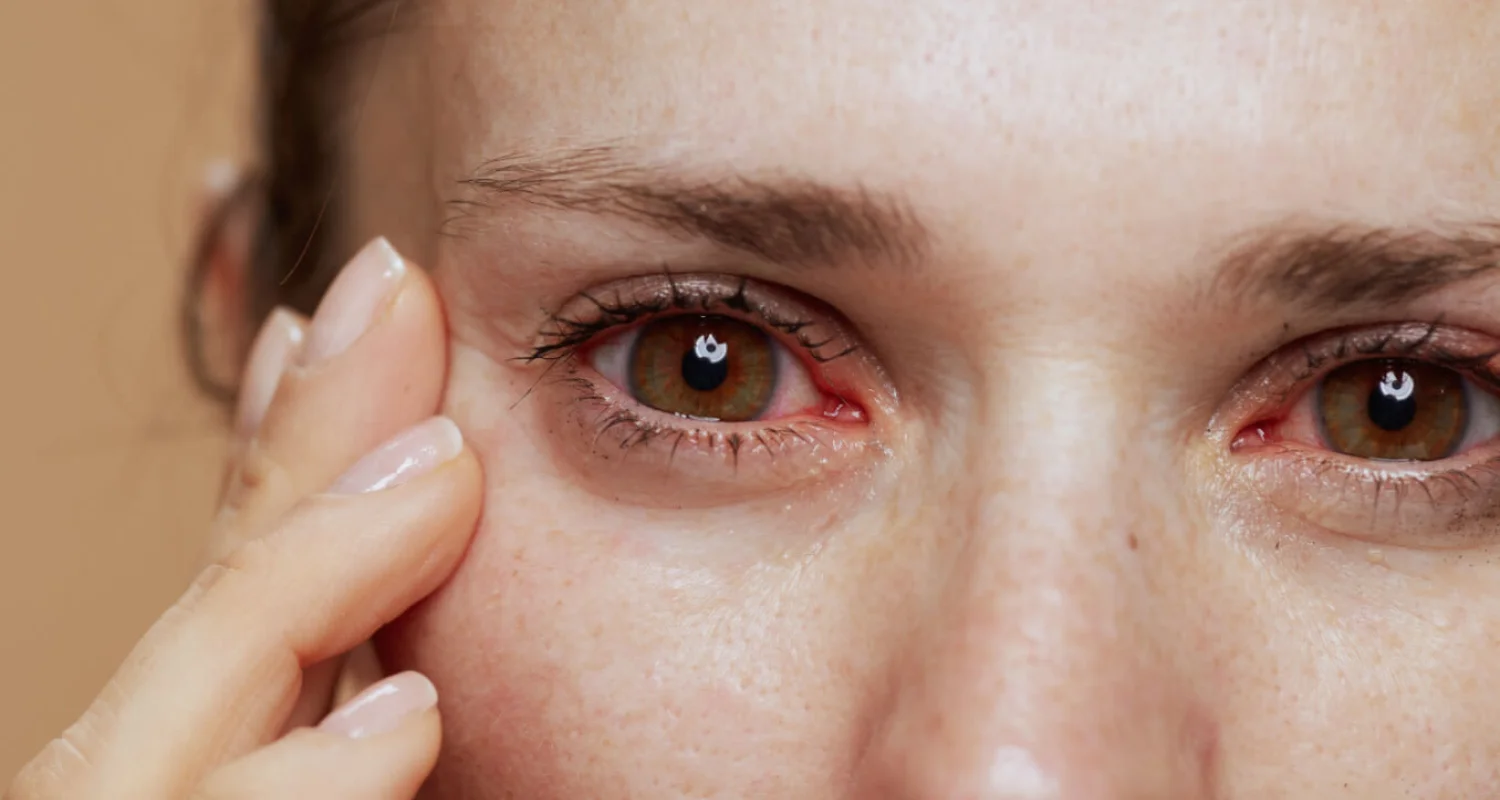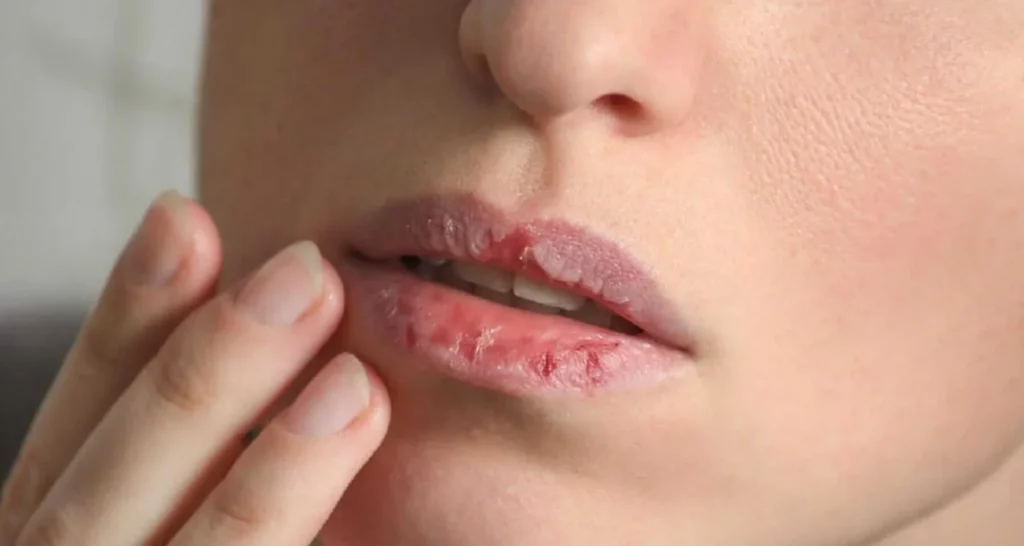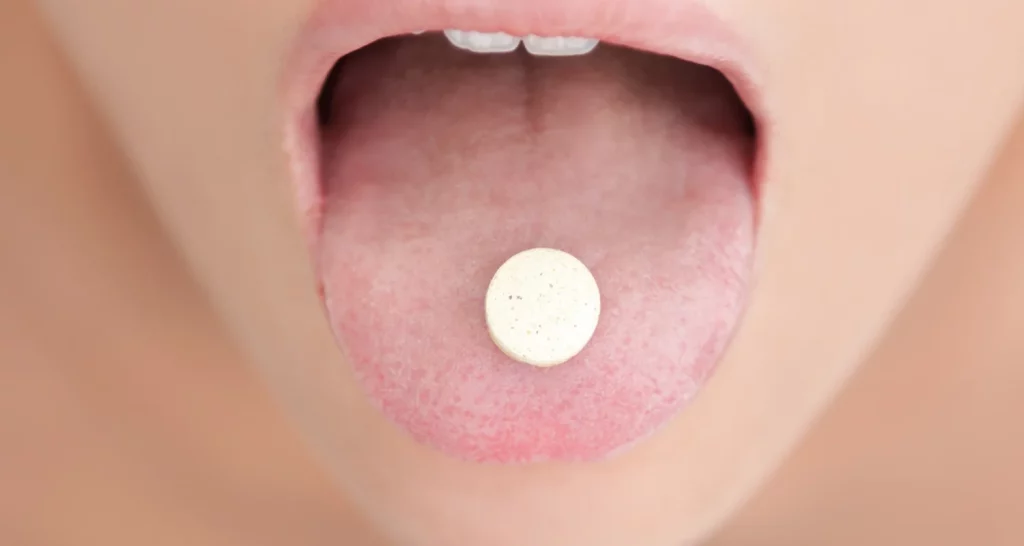Last Updated on: 19th September 2025, 12:43 pm
Sjögren’s Syndrome
Sjögren’s syndrome is a chronic autoimmune disease whereby the immune system attacks its moisture glands, reducing the production of tears and saliva, causing dry eyes and mouth, in addition to affecting other organs in the body. This results in difficulties tasting, chewing, and swallowing, increasing the risk of cavities, tooth loss, and oral infections.
The main symptoms include:
● Dry eyes and mouth.
● Changing conditions in other organs, skin and nose, and vagina, including the kidneys, gastrointestinal system, blood vessels, lungs, liver, pancreas, and central nervous system.
● Intense fatigue and joint pain.
This syndrome can occur in people of all racial and ethnic groups. However, data from the National Institutes of Health indicate that it is more common in women between 40 and 50 years old.
According to the Sjögren’s Syndrome Foundation, 90% of diagnosed patients are women. In the United States, it affects between 1 and 4 million people of all races and ethnicities.
Etiology
Sjögren’s syndrome as an autoimmune disorder may be due to a combination of genetic and environmental factors. Several genes have been identified as risk factors in the development of Sjögren’s syndrome. Additionally, some scientists suggest that previous infections, caused by specific viruses or bacteria, could trigger the onset of the disorder that attacks healthy cells.
Causes
The causes of Sjögren’s syndrome are multifactorial, including a genetic predisposition and family history of Sjögren’s or other autoimmune diseases. Infection with viruses such as cytomegalovirus or Epstein-Barr virus has also been associated with an increased risk of developing the disease.
The immune system, attacking healthy cells by mistake, mainly affects the salivary and tear glands; but the damage can extend to other parts of the body such as the joints, thyroid, kidneys, liver, lungs, ski,n and nerves.
Although the exact cause is uncertain, it is believed that a combination of genetic factors and an environmental trigger, such as an infection, is necessary to develop Sjögren’s syndrome. This immunological attack leads not only to dry eyes and mouth but also to a variety of other systemic complications.
Symptoms
The most prominent symptoms of Sjögren’s syndrome include:
● Dry mouth: the sensation of intense dryness in the tongue and throat, which can cause difficulty or pain when chewing and swallowing.
● Dry eyes: burning or itchy sensation in the eyes, as if there were sand in them, sometimes accompanied by blurred vision and sensitivity to intense light.
In addition to these primary symptoms, Sjögren’s syndrome can manifest in other areas of the body, causing problems such as:
● Pain, swelling, and stiffness in the joints.
● Vaginal dryness.
● Persistent dry cough.
● Chronic fatigue that does not subside.
● Dry skin and rashes, especially on the hands and feet.Tingling or numbness in hands and feet.
● Inflammation of the salivary glands, located under the jaw and in front of the ears.
It is important to note that the symptoms of Sjögren’s syndrome can vary in intensity, from mild episodes of dry eyes and mouth to cycles where the symptoms become more severe. In some cases, patients may experience only one or two symptoms, while others may suffer from a broader range of complications associated with the condition.
Complications
Sjögren’s syndrome, known to affect the mouth and eyes, carries various complications. Among the most common are:
● Dental cavities: decreased saliva reduces the teeth’s natural protection against bacteria, increasing the risk of cavities.
● Candidiasis oral: this fungal infection is more likely in people with Sjögren’s due to a weakened immune system.
● Gum problems: a lack of adequate hydration in the gums can lead to periodontal diseases, such as gingivitis and periodontitis.
● Halitosis: dry mouth problems contribute to the appearance of bad breath.
● Dysgeusia: alteration in taste perception, often accompanied by a metallic taste.
● Inflammation of the salivary glands: It can cause swelling and even the need for surgical intervention.
Of note, dental professionals are usually the first to detect this syndrome due to its oral manifestations. Patients with Sjögren’s may present a dry and fragile oral mucosa, cracked tongue and cavities in various areas of the tooth, plaque accumulation, gingivitis, and periodontitis.
Eye complications include light sensitivity, blurred vision, and corneal damage are common. Less commonly, the syndrome can affect the lungs, kidneys, and liver (causing pneumonia, bronchitis, kidney problems, hepatitis, or cirrhosis) and lead to cancer of the lymph nodes (lymphoma) or peripheral neuropathy.
Studies indicate that the incidence of caries in patients with Sjögren’s is not only due to decreased salivary flow but also to changes in saliva components, suggesting qualitative rather than quantitative differences in the saliva production of individuals with this syndrome.
Treatment
Treatment of Sjögren’s syndrome focuses on relieving symptoms and managing complications, as there is no definitive cure. Treatment strategies include:
1. Management of dry mouth and eyes:
● Caries: can be minimized through the use of topical fluoride gels and meticulous oral hydration.
● Candidiasis oral: treatable with antifungal medications.
● Dry eyes: using eye drops and artificial tears can relieve discomfort. In cases of moderate to severe dry eyes, prescription drops such as cyclosporine or lifitegrast may be recommended.
● Saliva production: medications such as pilocarpine and cevimeline can increase saliva and tear production.
2. Specific medications and treatments:
● Hydroxychloroquine: this antimalarial medication is useful in some patients to reduce joint pain and skin rashes.
● Immunosuppressants: in cases of severe systemic symptoms, treatments with prednisone, methotrexate, azathioprine, mycophenolate, or cyclophosphamide may be needed.
● Biological therapies: options such as rituximab are being evaluated to treat more severe cases that affect the entire body.
3. Surgery:
● Tear plugs: A simple procedure to seal the tear ducts and keep tears in the eyes.
4. Home remedies and lifestyle changes:
● Dry eyes: artificial tears and ocular lubricants, preferably without preservatives.
● Increase in environmental humidity: avoid direct air from fans or air conditioners and wear eye protection outdoors.
● Dry mouth: avoid tobacco, increase fluid intake, stimulate salivation with sugarless gum or candy, and use artificial saliva.
● Nasal care: nasal sprays with saline solution to moisturize the nasal passages.
It is crucial that patients with Sjögren’s syndrome receive regular dental care to prevent cavities and tooth loss, along with regular consultations with an ophthalmologist to monitor any damage to the cornea. Treatments vary, depending upon the severity and body parts affected; they range from simple self-care measures to prescription medications and surgical procedures.
Conclusion
The management of Sjögren’s syndrome involves a comprehensive approach that ranges from self-care and specific medications to psychological support. Although there is no cure, available treatment strategies seek to alleviate the symptoms and prevent complications, thereby improving patients’ quality of life. Regular medical care, along with advances in research, offers hope for more effective management of this disease.
Regular, specialized care is crucial, including regular visits to the dentist and ophthalmologist to prevent and treat both oral and ocular complications. Additionally, it is important to consider the emotional and psychological impact of living with a chronic illness, so psychological support and support groups can be valuable resources.
Frequently Asked Questions
What causes Sjögren Syndrome?
Sjögren’s syndrome is caused by an autoimmune disorder, where cells of the immune system mistakenly attack healthy cells in the glands responsible for producing tears and saliva. This condition is believed to result from a mix of genetic and environmental factors.
How serious is Sjögren Syndrome?
For the most part, Sjögren’s syndrome usually has a favorable prognosis. However, the prognosis may be more serious in patients who experience internal organ involvement or in those who develop severe complications such as lymphoma.
What foods should a person with the syndrome avoid?
People with Sjögren’s syndrome are recommended to include fruits and vegetables in their diet on a regular basis. They should avoid dry, rough, spicy, acidic, salty foods or foods at extreme temperatures, as they can irritate the oral mucosa. It is also essential to avoid the consumption of coffee, alcohol and tobacco.
How does Sjögren's syndrome present?
People with Sjögren’s syndrome are recommended to include fruits and vegetables in their diet on a regular basis. They should avoid dry, rough, spicy, acidic, salty foods or foods at extreme temperatures, as they can irritate the oral mucosa. It is also essential to avoid the consumption of coffee, alcohol and tobacco.
Share:
References
1. Lopez, Rosa; Fernandez Monica; Hernandez, Gonzalo. (2015). Oral involvement in the patient with primary Sjögren’s syndrome. Multidisciplinary management between dentists and rheumatologists. Clinical Rheumatology. Vol. 11, No. 6, pages 387-394. DOI: 10.1016/j.reuma.2015.03.01. https://www.reumatologiaclinica.org/es-afectacion-oral-el-paciente-con-articulo-S1699258X15000571
2. Mayo Clinic. (Aug, 2022). Sjögren’s syndrome.https://www.mayoclinic.org/es/diseases-conditions/sjogrens-syndrome/diagnosis-treatment/drc-20353221
3. NIH: National Institute of Dental and Craniofacial Research. (Jul, 2018). Sjögren’s syndrome.https://www.nidcr.nih.gov/espanol/temas-de-salud/sindrome-sjogren#:~:text=Por%20consiguiente%2C%20las%20personas%20con,e%20infecciones%20en%20la%20boca
4. MouthHealthy. (n/f). Sjögren’s Syndrome. https://www.mouthhealthy.org/all-topics-a-z/sjogrens-syndrome
5. ADA: American Dental Association. (Aug, 2023). Sjögren Disease. https://www.ada.org/resources/research/science-and-research-institute/oral-health-topics/sjogren-disease
6. al-Hashimi I. (2001). The management of Sjögren’s syndrome in dental practice. Journal of the American Dental Association (1939), 132(10), 1409–1461. https://doi.org/10.14219/jada.archive.2001.0056
-
Nayibe Cubillos M. [Author]
Pharmaceutical Chemestry |Pharmaceutical Process Management | Pharmaceutical Care | Pharmaceutical Services Audit | Pharmaceutical Services Process Consulting | Content Project Manager | SEO Knowledge | Content Writer | Leadership | Scrum Master
View all posts
A healthcare writer with a solid background in pharmaceutical chemistry and a thorough understanding of Colombian regulatory processes and comprehensive sector management, she has significant experience coordinating and leading multidisciplina...


















